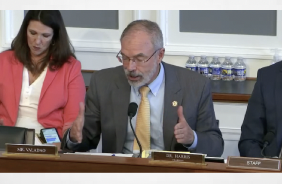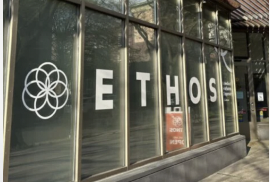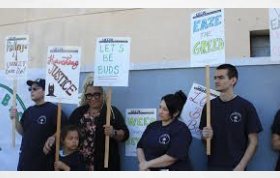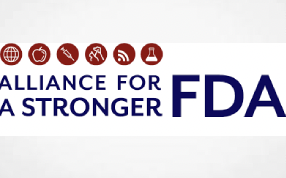Access Full Report At: http://onlinelibrary.wiley.com/doi/10.1002/cncr.30879/full
Abstract
BACKGROUND
Cannabis is purported to alleviate symptoms related to cancer treatment, although the patterns of use among cancer patients are not well known. This study was designed to determine the prevalence and methods of use among cancer patients, the perceived benefits, and the sources of information in a state with legalized cannabis.
METHODS
A cross-sectional, anonymous survey of adult cancer patients was performed at a National Cancer Institute–designated cancer center in Washington State. Random urine samples for tetrahydrocannabinol provided survey validation.
RESULTS
Nine hundred twenty-six of 2737 eligible patients (34%) completed the survey, and the median age was 58 years (interquartile range [IQR], 46-66 years). Most had a strong interest in learning about cannabis during treatment (6 on a 1-10 scale; IQR, 3-10) and wanted information from cancer providers (677 of 911 [74%]). Previous use was common (607 of 926 [66%]); 24% (222 of 926) used cannabis in the last year, and 21% (192 of 926) used cannabis in the last month. Random urine samples found similar percentages of users who reported weekly use (27 of 193 [14%] vs 164 of 926 [18%]). Active users inhaled (153 of 220 [70%]) or consumed edibles (154 of 220 [70%]); 89 (40%) used both modalities. Cannabis was used primarily for physical (165 of 219 [75%]) and neuropsychiatric symptoms (139 of 219 [63%]). Legalization significantly increased the likelihood of use in more than half of the respondents.
CONCLUSIONS
This study of cancer patients in a state with legalized cannabis found high rates of active use across broad subgroups, and legalization was reported to be important in patients’ decision to use. Cancer patients desire but are not receiving information about cannabis use during their treatment from oncology providers. Cancer 2017. © 2017 The Authors. Cancer published by Wiley Periodicals, Inc. on behalf of American Cancer Society. This is an open access article under the terms of the Creative Commons Attribution-NonCommercial-NoDerivs License, which permits use and distribution in any medium, provided the original work is properly cited, the use is non-commercial and no modifications or adaptations are made.
INTRODUCTION
Cannabis is the most frequently used illicit drug in the United States.[1-3] In the 2014-2015 National Survey on Drug Use and Health, 8.3% of those who were 12 years old or older had used cannabis in the past month.[2] Of adult active users, 9.8% reported use for medical reasons.[4] A number of states have passed regulations that allow medicinal and/or recreational cannabis use, and this has increased local access and availability.[4] In Washington State, cannabis was legalized for medicinal use in 1998 and for recreational use in November 2012; cannabis became commercially available in Washington in July 2014.
Cannabis has been purported to provide benefits for cancer patients, most frequently by alleviating anorexia, nausea, and pain.[5] Positive impacts on mood and insomnia have been suggested as additional benefits.[6] Research evaluating cannabis as therapy is limited,[7, 8] and because of federal regulations, most studies have examined synthetic tetrahydrocannabinol (THC) analogues.[9-11] THC may help to relieve pain[12] and spasticity among targeted populations,[13] but data evaluating other therapeutic aspects of cannabis are insufficient.[5, 7, 14, 15] With insufficient data demonstrating the benefits for cancer patients, small studies and clinical observations have also raised concerns about the safety of cannabis use in immunosuppressed populations.[16-19] Currently, most available data on the medical uses of cannabis for cancer-related symptom management come from nonscientific observations assembled from Web sites, lay press, and community interactions rather than rigorous scientific research.[7]
Increasing interest and shifting political attitudes on cannabis, coupled with a lack of knowledge of the risks and benefits in cancer care, indicate a need to understand current use patterns and to develop accurate and informative education for both cancer patients and their providers. The primary aim of this study was to better understand the extent and patterns of cannabis use among cancer patients in a state with legalized medical and recreational cannabis. We administered an anonymous survey to a representative cohort of ambulatory patients at a large National Cancer Institute–designated comprehensive cancer center in the Pacific Northwest specifically to determine the prevalence of cannabis use within a range of cancer patients. Furthermore, among active users, we assessed the methods of use, the context of their current use with medical treatment, the current reasons for use, the perceived impact of the legalization of recreational cannabis on current use, and patients’ sources of information about cannabis use in cancer. Random urine samples tested for THC were used as a method of validation for survey prevalence data.

















